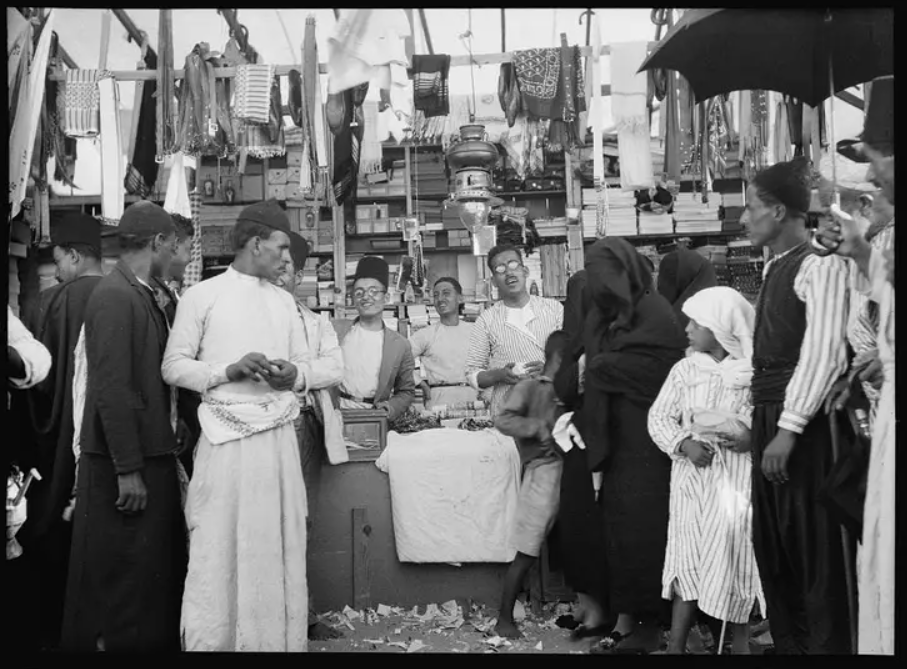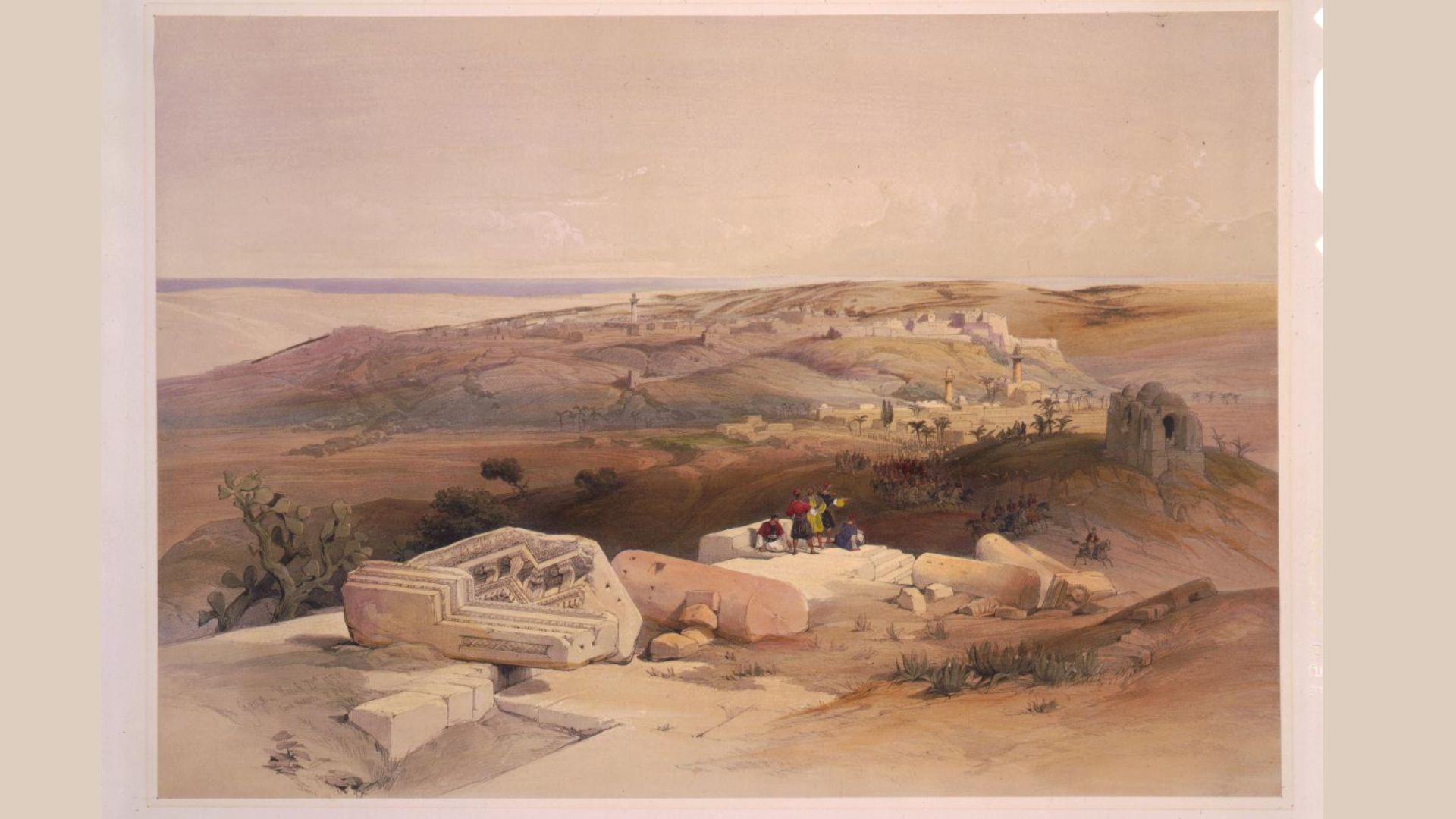Before the catastrophe of 1948, Palestine witnessed widespread economic prosperity, with a decrease in poverty and unemployment rates, an increase in GDP, and an improvement in individual income levels. This placed Palestine among the ranks of advanced countries, especially within the Arab region.
Prior to the occupation by Zionist groups, Palestine boasted a strong, national, and thriving banking system, as well as a bustling trade movement, diverse agricultural production, multiple industries, and both air and sea navigation. It had roads and railways connecting it with neighboring countries and was renowned for its architectural prowess, including multi-layered buildings and bridge construction.
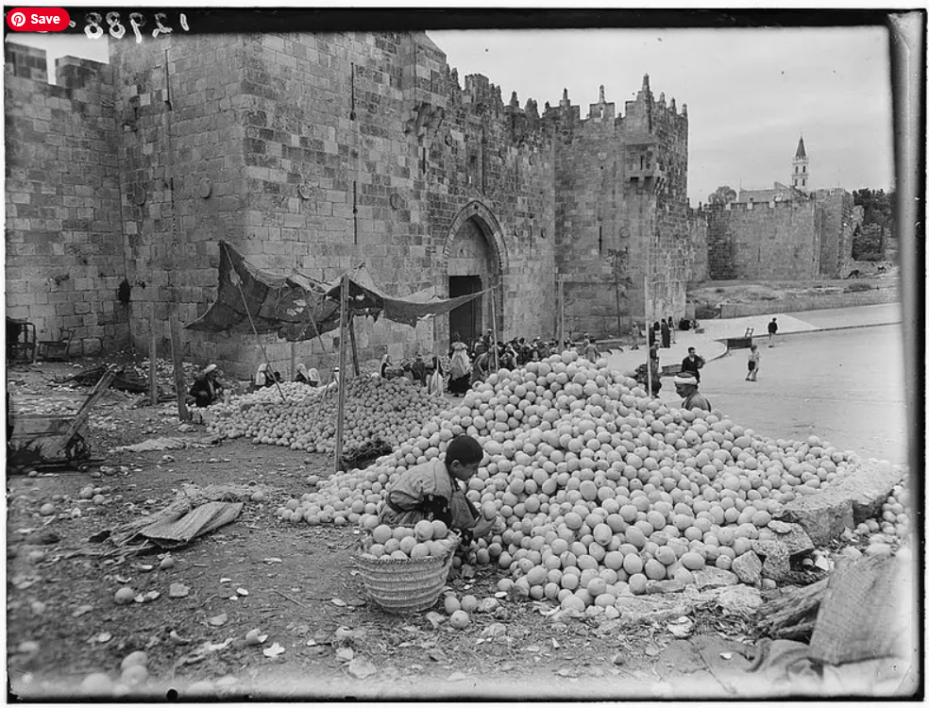
Palestine had a robust banking system before the catastrophe, hosting institutions such as the Ottoman Bank, the British Bank of the Middle East, the Commercial Bank of Palestine, the German Palestine Bank, the Arab Bank, and the Arab Egyptian Real Estate Bank, among others. Foreign currencies alongside the national currency at the time (the pound) circulated, contributing to capital flow and liquidity diversity in Palestine.
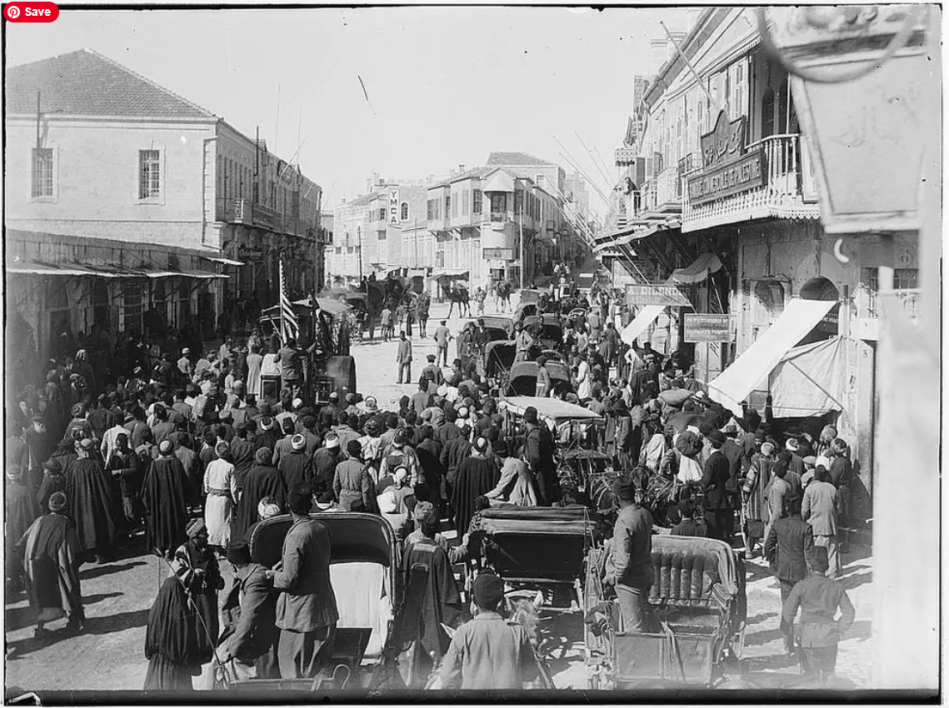
The Palestinian pound was the official currency in historical Palestine and the Emirate of Transjordan between 1927 and 1948, with its market strength surpassing that of the US dollar.
Palestine attracted laborers from various Arab countries to work in different sectors such as agriculture, industry, trade, services, and more. It was a focal point for those seeking to build their livelihoods, similar to the current situation of Palestinians going to the UAE for employment and income improvement.
In addition to the railway lines in Palestine, which operated from 1920 to 1948 and played a pivotal role in stimulating domestic and foreign trade, the main line extended from Kantara in Egypt to Haifa in Palestine, then to Beirut, with branches serving several cities such as Jaffa, Jerusalem, Acre, and Marj Ibn Amer.
The railway lines in Palestine led to the prosperity of entire Palestinian cities and villages, especially those along its route, and contributed to increasing trade between Palestine and neighboring countries, thereby boosting its financial returns to the Palestinian economy.
Palestine was renowned for its production of various vegetables, fruits, citrus fruits, cotton, olive oil, and olives. The production met local needs, with surplus directed towards exports.
Palestine was renowned for its production of various vegetables, fruits, citrus fruits, cotton, olive oil, and olives. The production met local needs, with surplus directed towards exports.
Before the catastrophe, industries in Palestine thrived, including soap, leather, textiles, stone and marble, flour, and agro-based processing industries. Palestine’s location on the Mediterranean coast provided it with various fish species, which were exported to landlocked countries.
The total area of historical Palestine is 27,009 square kilometers, situated in southwestern Asia, on the southeastern coast of the Mediterranean Sea, placing it at the heart of the ancient world (Asia, Africa, and Europe). This location made it a land bridge connecting Asia to Africa, the Mediterranean Sea to the Red Sea, and subsequently the Atlantic and Indian Oceans.
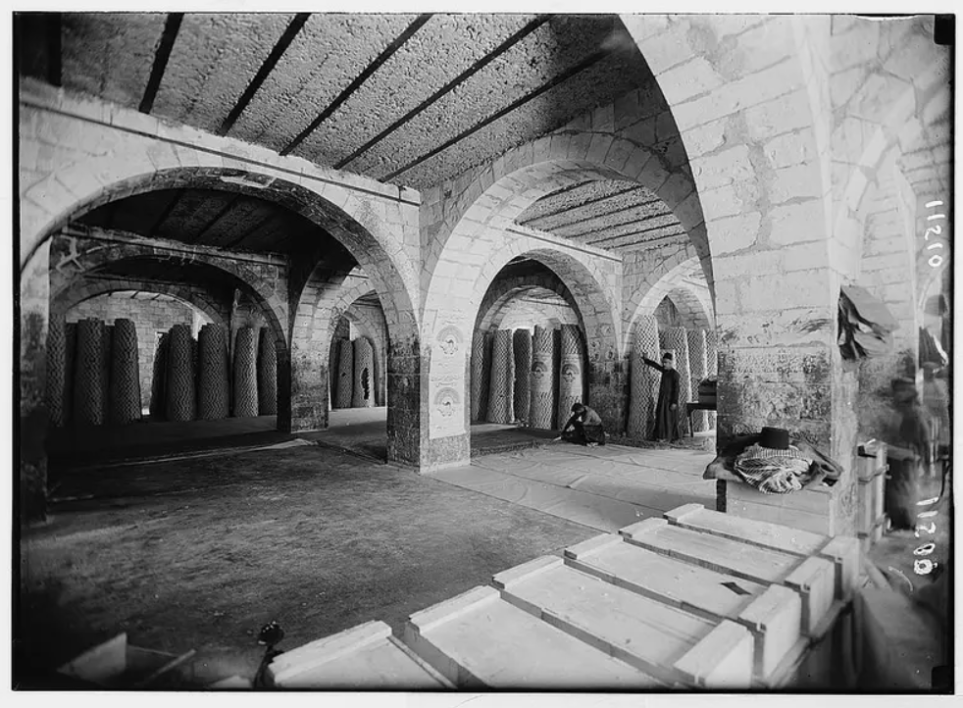
Before imposing its dominance over historical Palestine, the Israeli occupation conducted numerous secret studies and research to select the most resource-rich areas, fertile lands, and strategically located territories for trade connections with the outside world. Consequently, Zionist colonization was established in the most optimal and fertile locations, with settlements strategically chosen.
Studies also indicate that Palestine possesses a broad and diverse architectural style that cannot be simply classified according to historical periods but also based on the nature of the materials used. This richness in architecture stems from the heritage of buildings and architectural vocabulary, influenced by the various countries that ruled and occupied the land, blending local characteristics with foreign influences.
The architectural artistry witnessed in Palestine before the catastrophe amalgamated multiple cultures and civilizations that traversed the region, resulting in multi-story buildings, bridges, clubs, cultural centers, and more.
Aviation thrived in Palestine, with Lod Airport being one of the earliest in the Middle East, now known as Ben Gurion Airport by Israeli authorities, along with the Jerusalem International Airport (Qalandia) and the Beit Hanoun Airport in the northern Gaza Strip.
Studies and research examining the economic reality of Palestine before the catastrophe indicate that the most important industries were concentrated in Jerusalem, Jaffa, and Haifa. The chemical industries occupied the top position in terms of the number of establishments, followed by the food, textile, metal, and wood industries. The industrial projects sector expanded with the emergence of industrial labor, and there was also a notable movement to import machinery and some necessary raw materials for industry.
